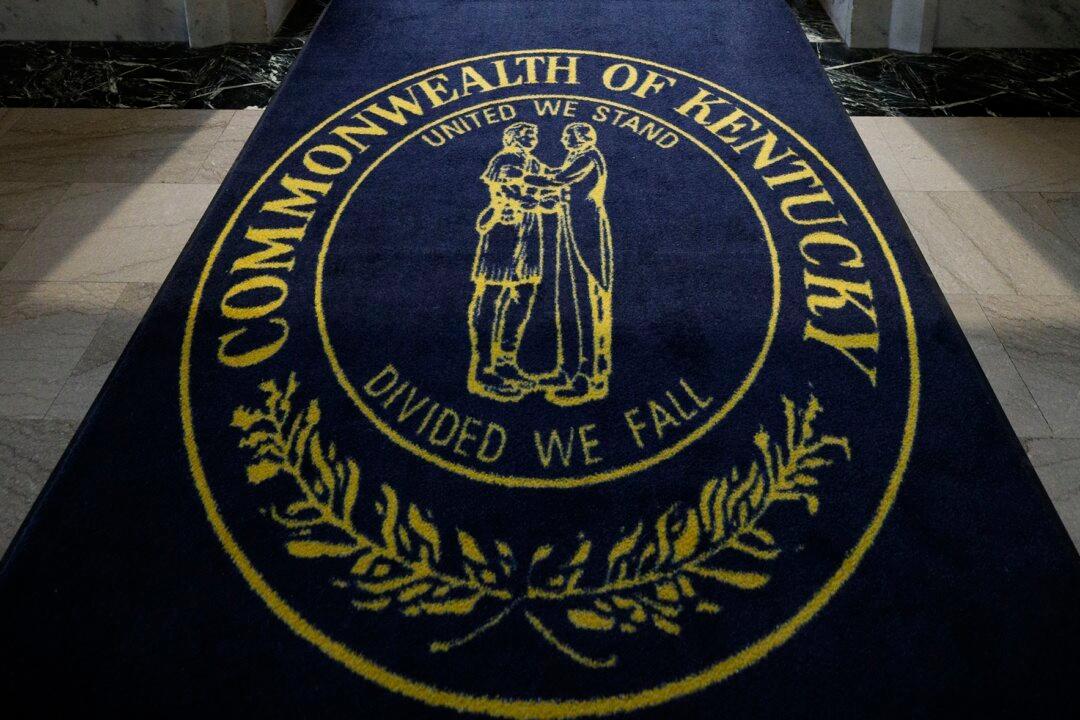People who threatened violence against the students of Covington Catholic High School may face up to five years in prison thanks to a Kentucky law that elevates threats against schools and students to felonies.
Commonly, violent threats are treated as misdemeanors in the state (pdf), where the private religious school is based.





